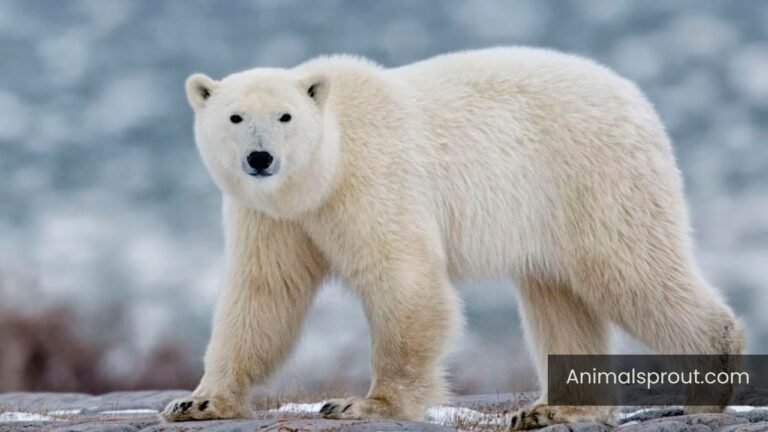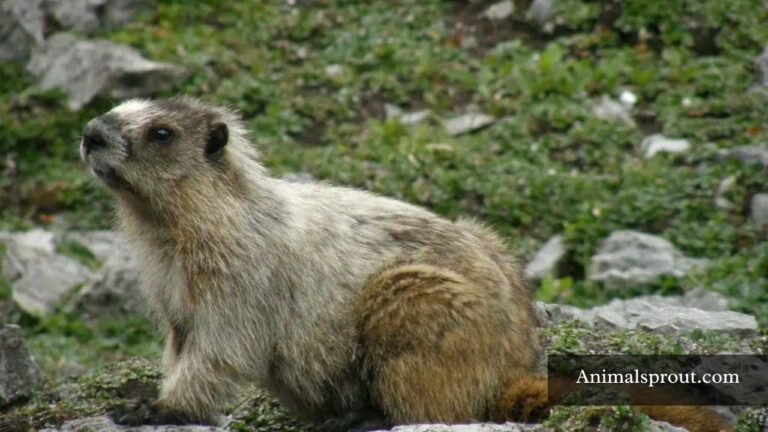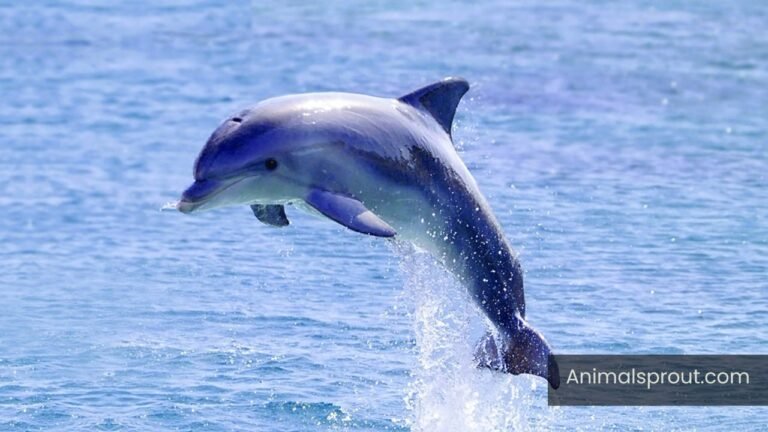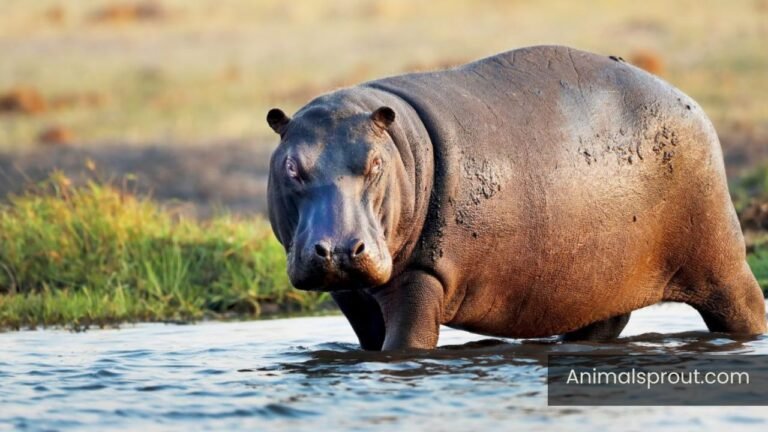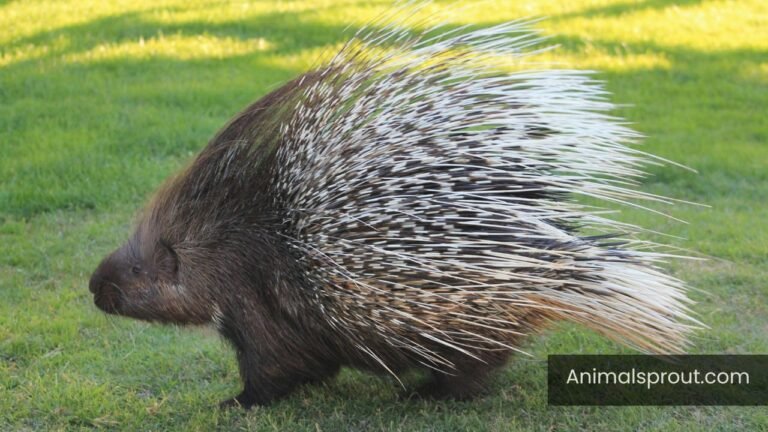Top 13 Slow Animals In The World (With Pictures)
In a world obsessed with speed and efficiency, slow animals often get overlooked, but they play crucial roles in their ecosystems. This article will explore some of the slow animals in the world, uncovering their fascinating adaptations and the importance of their leisurely lifestyles. By the end, you’ll gain a newfound appreciation for these unique creatures and their contributions to biodiversity.
List Of Slow Animals In The World
Here is the list of slowest animals in the world:
| Number Of Animals | List Of Slow Animals |
| 1 | Three-Toed Sloth |
| 2 | Banana Slug |
| 3 | Garden Snail |
| 4 | Koala Bear |
| 5 | Starfish |
| 6 | Giant Tortoise |
| 7 | Manatee |
| 8 | Gila Monster |
| 9 | Slow Loris |
| 10 | Sea Anemone |
| 11 | Seahorse |
| 12 | American woodcock |
| 13 | Giant Pandas |
Three-Toed Sloth
Scientific Name: Bradypus
Class: Mammalia
Diet: Herbivores
The three-toed sloth, often regarded as the epitome of slow, embodies a unique lifestyle that challenges our perceptions of productivity and survival. Found primarily in the rainforests of Central and South America, these fascinating creatures have evolved to thrive at a leisurely pace. Their slow metabolism allows them to conserve energy, which is essential given their diet mainly consists of nutrient-poor leaves. While we might view their languid movements as a disadvantage, for the sloth, it’s a strategic advantage—slow and steady means less energy expended and reduced visibility to predators.
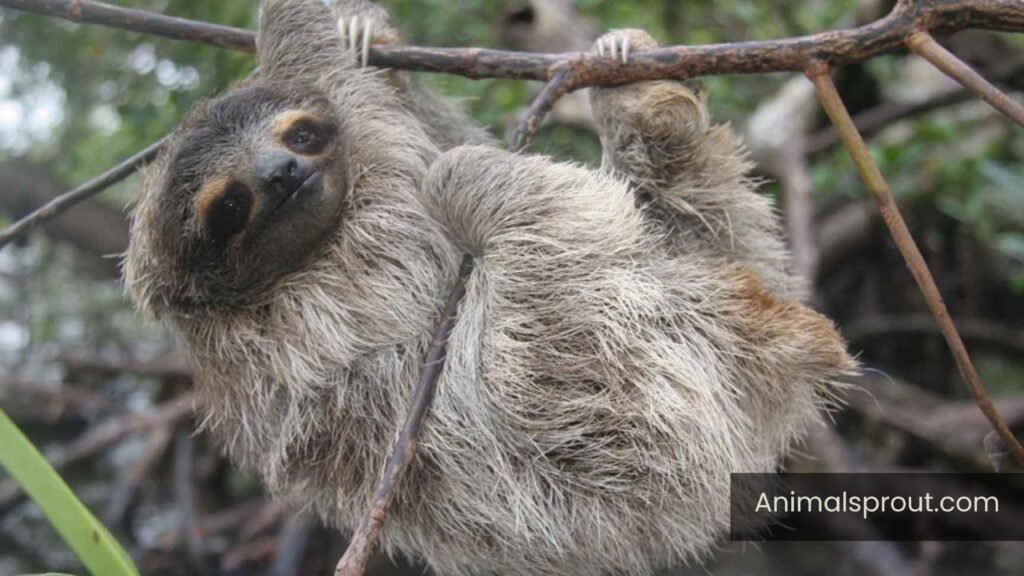
Interestingly, their deliberate lifestyle is complemented by a remarkable symbiotic relationship with the ecosystem. Algae often grows on their fur, providing camouflage that helps them blend seamlessly into the forest canopy, while also serving as a food source for other wildlife. This unique adaptation highlights the interconnectedness of life in the rainforest and emphasizes how every creature plays a role in its ecosystem.
Banana Slug
Scientific Name: Ariolimax dolichophallus
Class: Gastropoda
Diet: Herbivores
The banana slug, with its vibrant yellow hue and unique texture, is often overshadowed by faster creatures in the forest. Yet, this slow-moving mollusk has a fascinating role in its ecosystem, acting as a crucial decomposer. By feasting on decaying plant material and fungi, banana slugs help recycle nutrients back into the soil, fostering a rich environment for new life to flourish. Their leisurely pace allows them to be meticulous in their foraging, ensuring that nothing goes to waste in their habitat.
Beyond their ecological contributions, banana slugs possess a captivating defense mechanism: the ability to produce a thick, slimy mucus when threatened. This secretion not only deters predators but can also heal wounds, showcasing an evolutionary adaptation that speaks to their resilience.
Garden Snail
Scientific Name: Cornu aspersum
Class: Gastropoda
Diet: Herbivores
The garden snail, often overlooked in the bustling world of wildlife, embodies a unique blend of grace and resilience. With its coiled shell glistening in the sunlight, this creature moves at an unhurried pace, reminding us that life is not always about speed. Instead of racing through their environment, garden snails navigate the world with purpose, leaving behind a shimmering trail of mucus that serves both as protection and a means of locomotion. This fascinating adaptation allows them to glide smoothly over rough surfaces, turning what many see as a limitation into an elegant strategy for survival.
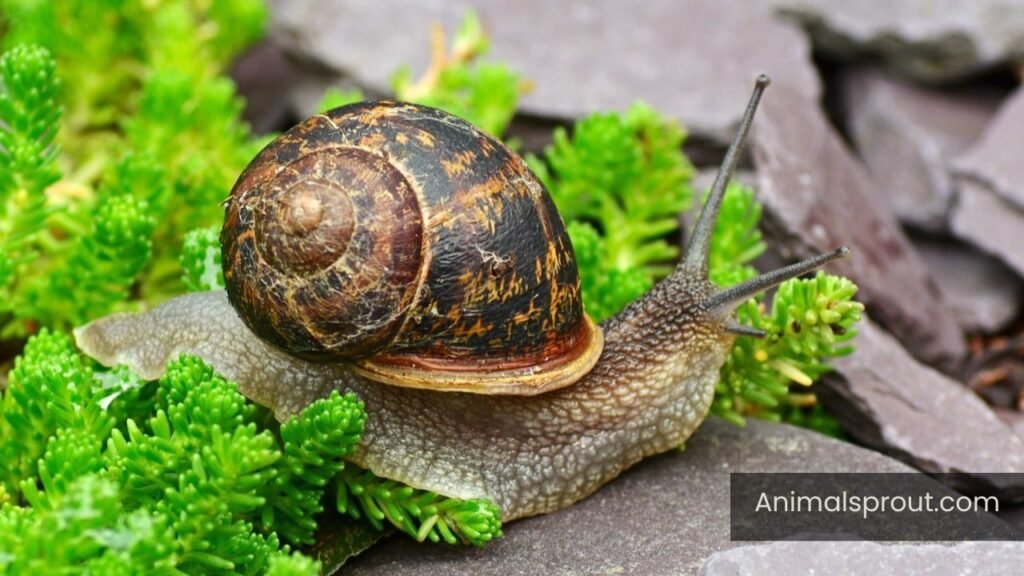
But there’s more to the garden snail than just its slow movement. These mollusks possess a remarkable ability to enter a state of dormancy during harsh weather conditions, showcasing their adaptability. When temperatures soar or moisture diminishes, they can seal themselves within their shells, waiting patiently for the perfect moment to emerge. This survival tactic not only speaks to their resilience but also highlights a profound connection to the rhythms of nature—an important reminder that sometimes, taking a step back can lead to greater rewards.
Readmore: Explore 15 Animals without legs In The World.
Koala Bear
Scientific Name: Phascolarctos cinereus
Class: Mammalia
Diet: Herbivores
Koala bears, often dubbed the “gentle giants” of the Australian bush, possess a unique charm that captivates wildlife enthusiasts and casual observers alike. Unlike many mammals that zip through life at a frenetic pace, koalas have mastered the art of leisure, spending up to 20 hours a day napping in the treetops. This slow-paced lifestyle isn’t just a quirky trait; it’s a strategic adaptation to their diet, which primarily consists of eucalyptus leaves. These leaves are low in nutrients and high in toxins, requiring koalas to conserve energy to metabolize their food effectively.
But there’s more to these endearing creatures than their laid-back demeanor. Koalas have a complex social structure, often communicating through a series of deep bellows that can resonate across the forest, especially during mating season. Interestingly, their slow movement and distinctive vocalizations help them navigate and maintain territories within the densely packed eucalyptus forests. As climate change continues to threaten their habitat, understanding these unique behaviors becomes crucial for conservation efforts. By appreciating the intricacies of koalas’ slow-paced existence, we can better advocate for their protection and ensure that these beloved icons of Australia continue to thrive in their natural environment.
Starfish
Scientific Name: Asteroidea
Diet: Carnivores
Starfish, or sea stars as they are more accurately known, may not be the fastest creatures in the ocean, but their unique adaptations and fascinating biology make them captivating in their own right. These echinoderms possess a remarkable ability to regenerate lost limbs, a skill that extends beyond mere survival; it serves as a strategy for thriving in an environment filled with predators. A starfish can regrow an entire arm, and in some cases, a severed limb can even develop into a new individual, showcasing nature’s incredible resilience and ingenuity.

Moreover, starfish have a decentralized nervous system that allows them to respond to their surroundings in intriguing ways. Instead of a brain, they rely on nerve nets that enable them to sense changes in their environment, such as water temperature and salinity. This unique structure allows them to navigate their underwater world slowly yet effectively, embodying a serene existence that contrasts sharply with the frenetic pace of many marine species.
Also read: Top 13 Most Stubborn Animals In The World.
Giant Tortoise
Scientific Name: Chelonoidis nigra
Class: Reptilia
Diet: Herbivores
The giant tortoise, a living testament to the slow and steady philosophy of life, embodies resilience and longevity in the animal kingdom. Found primarily in the Galápagos Islands, these magnificent creatures can live over a century, with some individuals reaching ages of 150 years or more. Their slow metabolism allows them to thrive in harsh environments where food is scarce, showcasing an extraordinary adaptation that highlights the power of patience in survival.
Interestingly, the giant tortoise’s deliberate pace isn’t just a quirk of nature; it serves as a critical strategy for maintaining their energy reserves. With their herbivorous diet consisting mainly of tough vegetation, they have evolved to consume food slowly, allowing for maximum nutrient absorption.
Manatee
Scientific Name: Trichechus
Class: Mammalia
Diet: Herbivores
Manatees, often affectionately dubbed “sea cows,” glide through the warm coastal waters with an unhurried grace that captivates anyone lucky enough to spot them. These gentle giants can weigh up to 1,300 pounds and grow as long as 13 feet, yet their slow-paced lifestyle is a remarkable adaptation to their herbivorous diet. Manatees primarily graze on seagrasses, consuming around 10% of their body weight daily. This leisurely eating habit not only aids their survival but also supports the health of marine ecosystems by promoting seagrass growth.
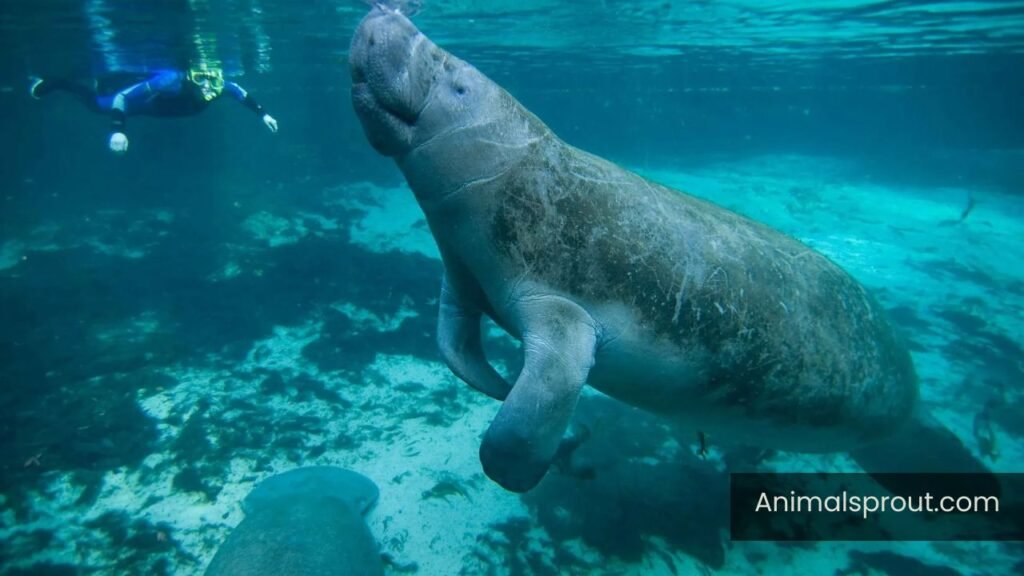
In a world where speed and agility are often celebrated, manatees remind us of the beauty in taking life slow. Their languid movements and serene presence have inspired conservation efforts, highlighting the fragility of their habitats amid climate change and human activity. Recent studies reveal that these creatures possess a unique social structure, often forming bonds with one another and displaying playful behaviors, such as rolling and surfacing together.
Gila Monster
Scientific Name: Heloderma suspectum
Class: Reptilia
Diet: Carnivorous
The Gila monster, a striking reptile native to the arid deserts of the southwestern United States and Mexico, is often misunderstood due to its slow-moving nature. While many might dismiss it as lethargic, this creature’s deliberate pace is a testament to its evolutionary adaptations. With a robust body covered in striking patterns of orange and black, the Gila monster embodies a unique blend of beauty and danger. Its venomous bite is one of the few among lizards, serving as a powerful defense mechanism against predators, which allows it to thrive despite its sluggish demeanor.
What’s truly fascinating about the Gila monster is its remarkable ability to store fat in its tail, enabling it to survive long periods without food. This adaptation reflects a lifestyle finely tuned to the harsh desert environment, where meals can be scarce. When it does hunt, the Gila monster relies on its keen sense of smell rather than speed, often seeking out eggs or small mammals buried beneath the sand.
Slow Loris
Scientific Name: Nycticebus
Class: Mammalia
Diet: Omnivores
The slow loris, a small primate native to Southeast Asia, captivates not only with its charming appearance but also with its unique adaptations. Unlike many of its faster counterparts in the animal kingdom, the slow loris has evolved to thrive in a world where stealth and slowness are key to survival. Its large, expressive eyes and gentle demeanor disguise a fascinating biology; these creatures possess a toxin in their elbows, which they can mix with their saliva to deliver a potent bite when threatened. This evolutionary quirk allows them to deter predators without the need for speed or aggression.

Beyond their physical attributes, slow lorises exhibit remarkable social behaviors that are often overlooked. They engage in intricate grooming rituals that strengthen social bonds, showcasing an emotional depth typically associated with more socially dynamic species. Their nocturnal lifestyle adds another layer of intrigue, as they navigate the forest canopy with a deliberate grace, relying on their keen sense of smell and quiet movements to avoid detection.
Readmore: Explore Top 18 Independent Animals In The World.
Sea Anemone
Scientific Name: Actiniaria
Class: Anthozoa
Diet: Carnivores
Sea anemones, often mistaken for plants due to their immobile nature, are fascinating creatures that defy traditional notions of speed and agility in the animal kingdom. These mesmerizing marine organisms are anchored to rocks or coral reefs, extending their vibrant tentacles in a slow yet deliberate dance. This seemingly languid existence belies their predatory prowess; when prey, such as small fish or zooplankton, ventures too close, the anemone’s stinging cells, called nematocysts, deliver a swift and paralyzing strike. In this way, the sea anemone embodies a paradox: while it may appear stationary, it is an active participant in the complex web of ocean life.
Moreover, sea anemones engage in symbiotic relationships with clownfish, creating a dynamic interplay that showcases both cooperation and mutual benefit. The clownfish finds safety among the anemone’s stinging tentacles, gaining protection from predators, while the anemone receives nutrients from the clownfish’s waste and benefits from increased water circulation around its body. This intricate partnership highlights how even the slowest of creatures can play a pivotal role in maintaining ecological balance.
Readmore: Explore Top 14 Most Curious Animals In The World.
Seahorse
Scientific Name: Hippocampus
Class: Actinopterygii
Diet: Carnivores
The seahorse, with its delicate frame and enchanting appearance, embodies a unique blend of grace and vulnerability in the underwater world. Unlike most fish, seahorses swim in an upright position, using their tiny dorsal fins to propel themselves slowly through the water. This leisurely pace is not merely a quirk; it’s a survival strategy. Their slow movement allows them to blend seamlessly into their surroundings, camouflaging against corals and seagrass, which helps them evade predators while they hunt for small crustaceans.
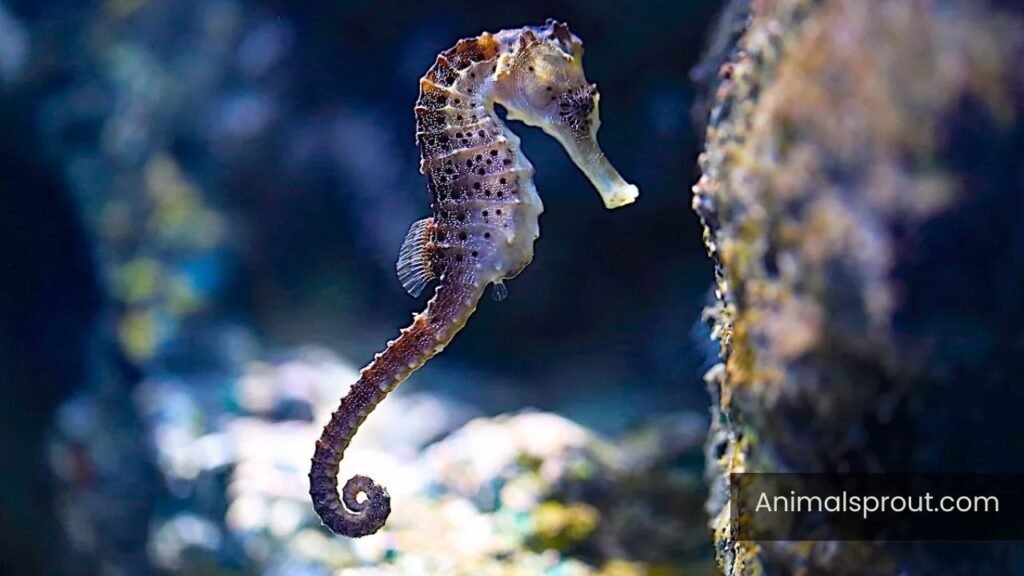
Another captivating aspect of seahorses is their remarkable reproductive role reversal. Male seahorses carry the fertilized eggs in a specialized pouch, nurturing the developing young until they are ready to emerge as miniature versions of their parents. This fascinating parental investment challenges traditional views of gender roles in the animal kingdom, highlighting a unique evolutionary adaptation that prioritizes the survival of offspring.
American woodcock
Scientific Name: Scolopax minor
Class: Aves
Diet: Insectivore
The American woodcock, often overshadowed by flashier birds, is a remarkable testament to the beauty of subtlety in nature. With its plump body and long, slender bill, this ground-dwelling bird is a master of camouflage, blending seamlessly into its forested surroundings. What’s truly fascinating, however, is its unique mating display, which is as much an auditory experience as a visual one. The male performs a series of aerial acrobatics, rising high into the sky before spiraling down while producing a mesmerizing, twittering sound that captivates observers and potential mates alike.
Beyond its charming courtship rituals, the woodcock also plays a vital role in its ecosystem. As a forager, it probes the soil with its sensitive bill, unearthing earthworms and other invertebrates that help maintain soil health. This slow-paced yet purposeful approach to life invites us to reflect on the importance of patience and observation in our own lives.
Giant Pandas
Scientific Name: Ailuropoda melanoleuca
Class: Mammalia
Diet: Herbivores
Giant pandas, often celebrated for their adorable appearance, embody a unique blend of lethargy and resilience that sets them apart in the animal kingdom. These gentle giants spend up to 12 hours a day munching on bamboo, consuming around 26 to 84 pounds of it daily. This seemingly monotonous diet reflects their evolutionary adaptations; as bamboo is low in nutrients, pandas have developed a slow metabolism that allows them to survive on this fibrous food source. Their leisurely lifestyle is not just an indulgence but a survival strategy, enabling them to conserve energy while navigating the challenges of their mountainous habitats.
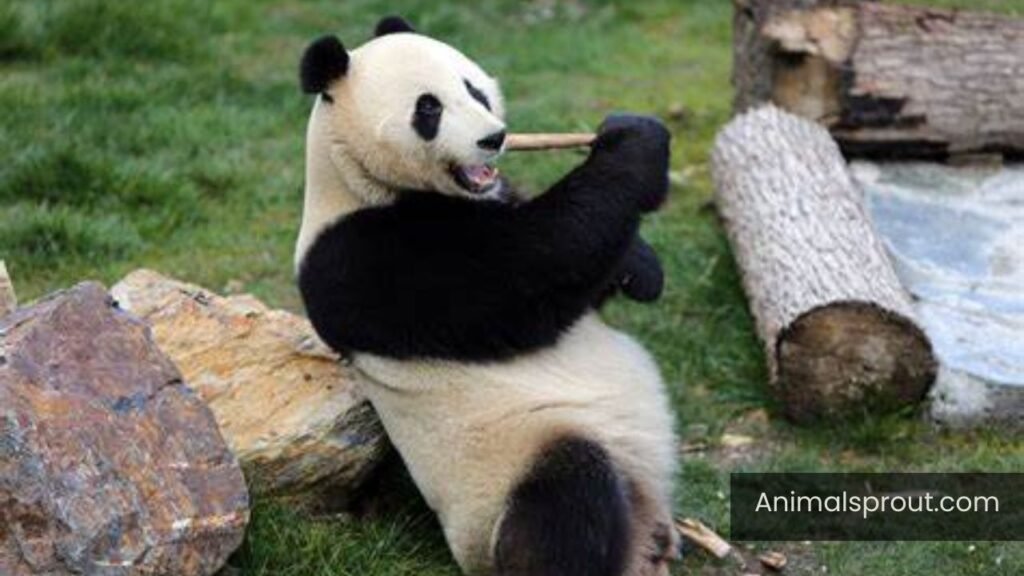
Interestingly, the slow pace of giant pandas also serves as a metaphor for conservation efforts. As these charismatic creatures face threats from habitat loss and climate change, their plight has galvanized global attention and action. Their slow reproductive rate—females are only in estrus for a few days each year—adds another layer of urgency to conservation initiatives. By investing in the protection of their natural environments and breeding programs, we are not only safeguarding the future of pandas but also fostering biodiversity in the ecosystems they inhabit.
Readmore: Explore Animals With Lowest IQ In The World.
Final Words
The slow animals of the world remind us that not all creatures need to be fast or agile to thrive in their environments. Each of these unique beings, from the leisurely sloth to the ponderous tortoise, has adapted to their surroundings in remarkable ways, showcasing the diversity of life on our planet. Their slow-paced lifestyles allow them to conserve energy and avoid predators, proving that there is beauty in taking life at a slower rhythm. As we continue to explore and learn about these fascinating creatures, let us also appreciate the vital roles they play in their ecosystems.
FAQs
What is the slowest animal in the world?
When we think of slow animals, the three-toed sloth often comes to mind. Native to the rainforests of Central and South America, these fascinating creatures are known for their incredibly leisurely pace, moving at a speed of just 0.03 miles per hour. Sloths spend most of their time hanging upside down in trees, munching on leaves, and conserving energy. Their slow metabolism and relaxed lifestyle are adaptations to their low-energy diet, allowing them to thrive in their natural habitat.


